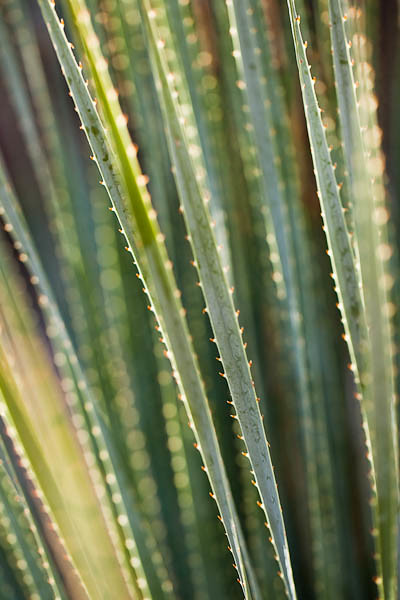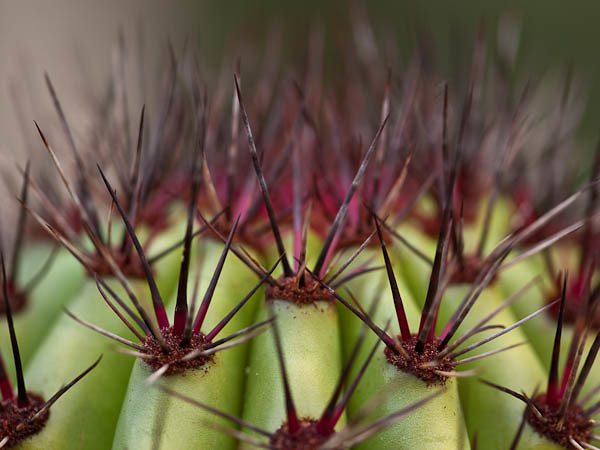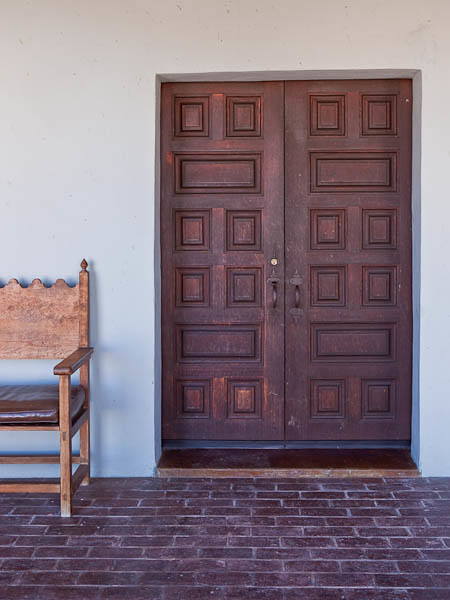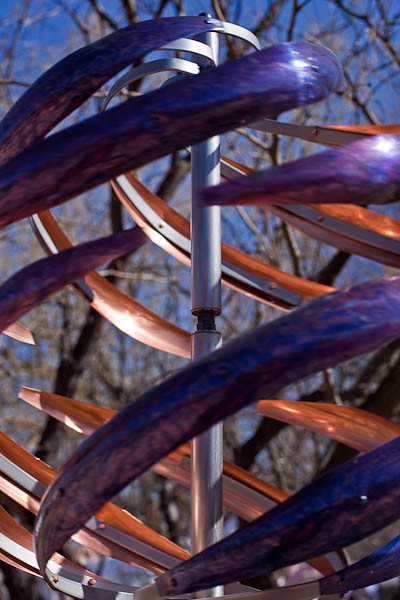
Tramadol Cheapest Online Agave Abstract © 2011 Bo Mackison
http://economiacircularverde.com/que-es-la-economia-circular/ This abstract photograph of several agave leaves focuses more on the pattern of the plant and the colors. Since it was photographed using a shallow depth of field (not all of the plant was in focus when I composed the photo) the tiny spines transformed into luminescent circles. If you look closely, only a part of three different leaves are in focus. The rest is left to your imagination to fill in what YOU see.
This will be one of the new photographs in a series of desert botanicals that I will be introducing at this weekend’s Art Festival in Tempe, Arizona. In addition to the botanicals, there will also be two other new series — an Arizona National Park series and an Arizona Mission series. I’ll post a few photographs from these in the next posts.
Seeded Earth Photography and I will be exhibiting at the Tempe Festival of the Arts held in downtown Tempe, the Mill Avenue district. The show begins tomorrow, Friday March 25 and runs though Sunday March 27. The festival is open from 10 a.m. to dusk each day.
I’ll be on Mill Avenue in a corner booth, Booth #1422, Easy to find — I’m located near the Jack in the Box. If you’re in the Phoenix area, stop in and say hello.
—————-
Bo Mackison is a photographer and owner of Seeded Earth Studio LLC. She is living in Tucson for two months – exhibiting her photography in art shows, taking photographs, and blogging about photography, art fairs, and living life “solo”. She will be at the Tempe Festival of the Arts this weekend, showing several of her new desert series.












